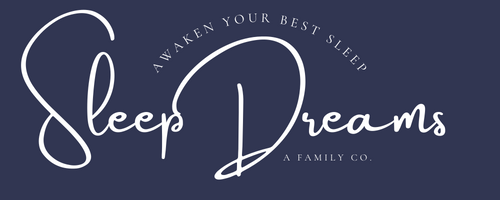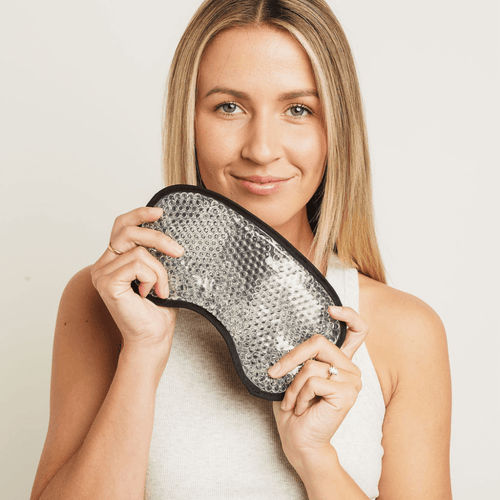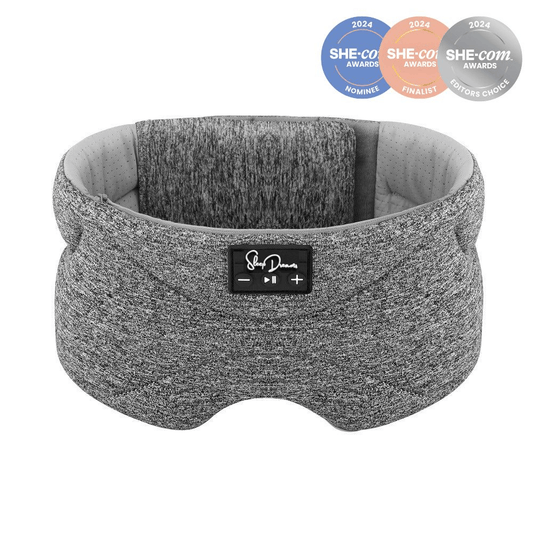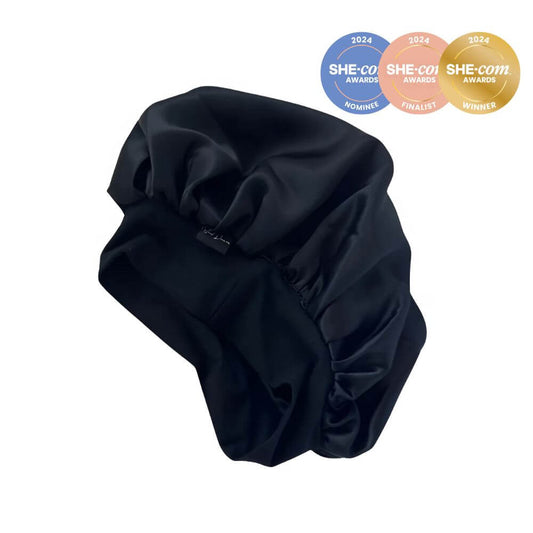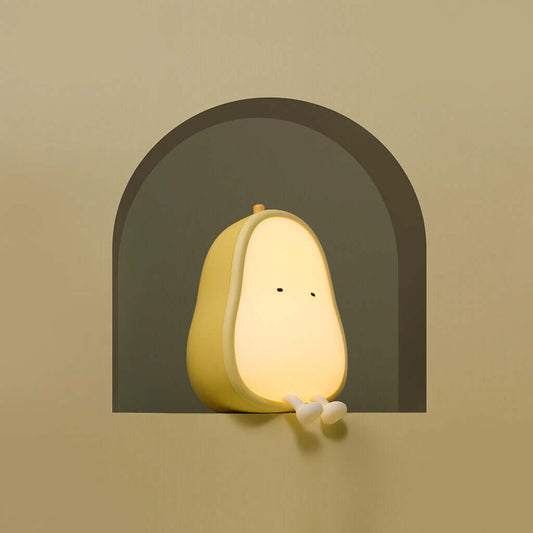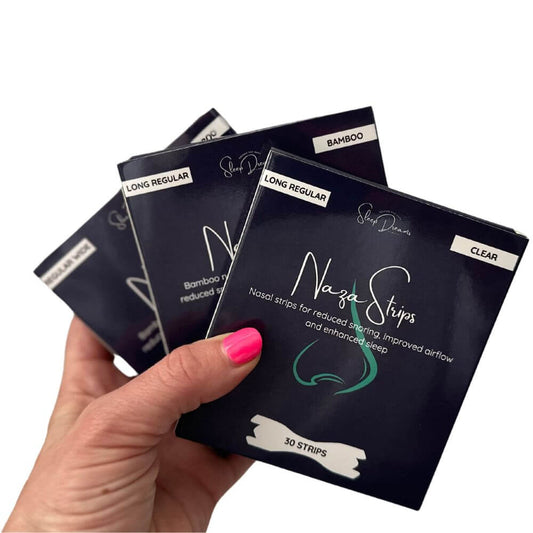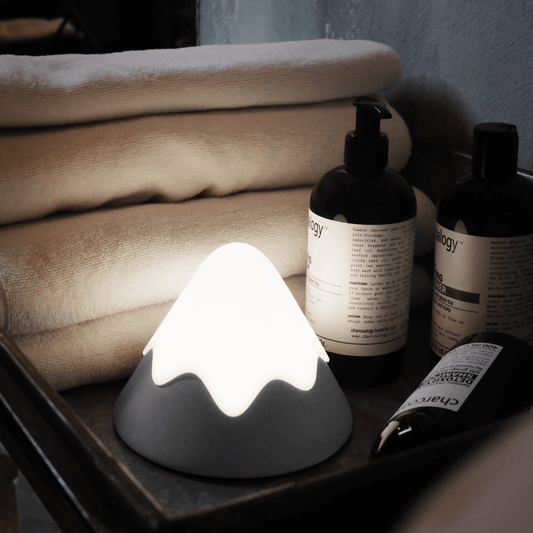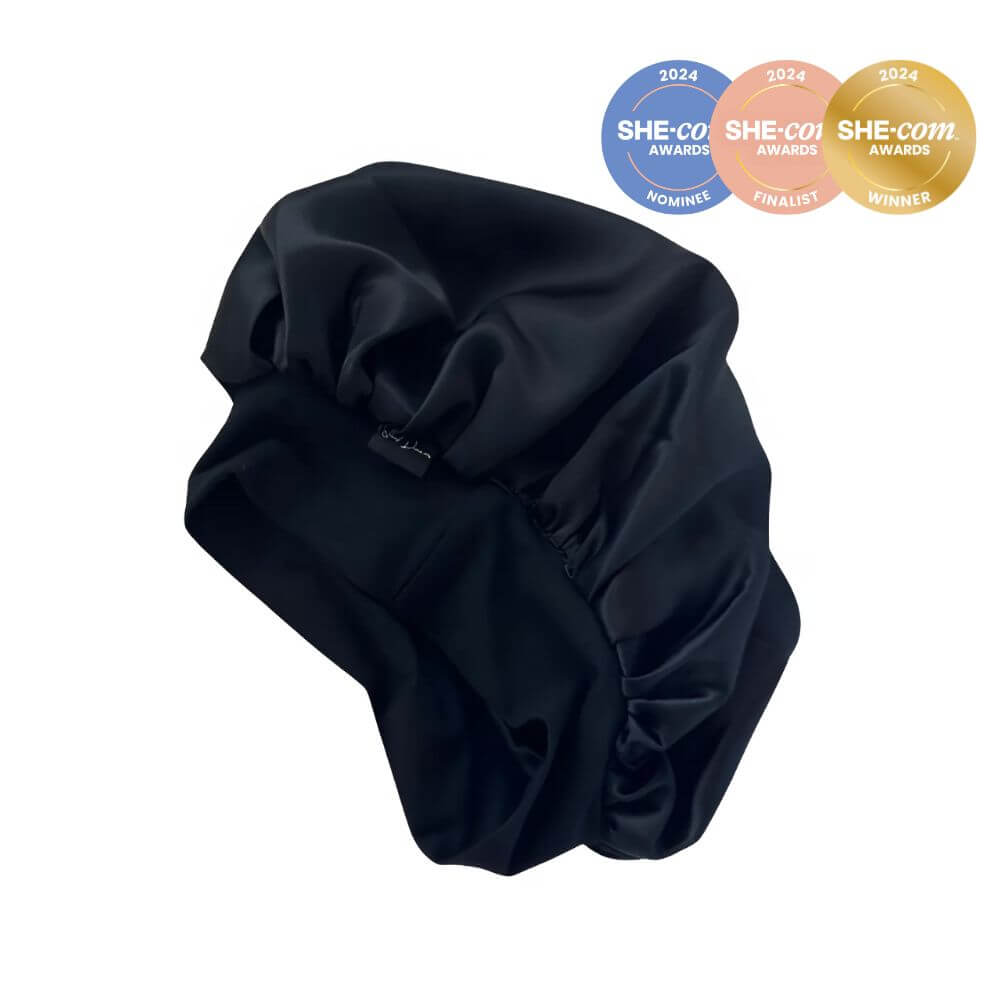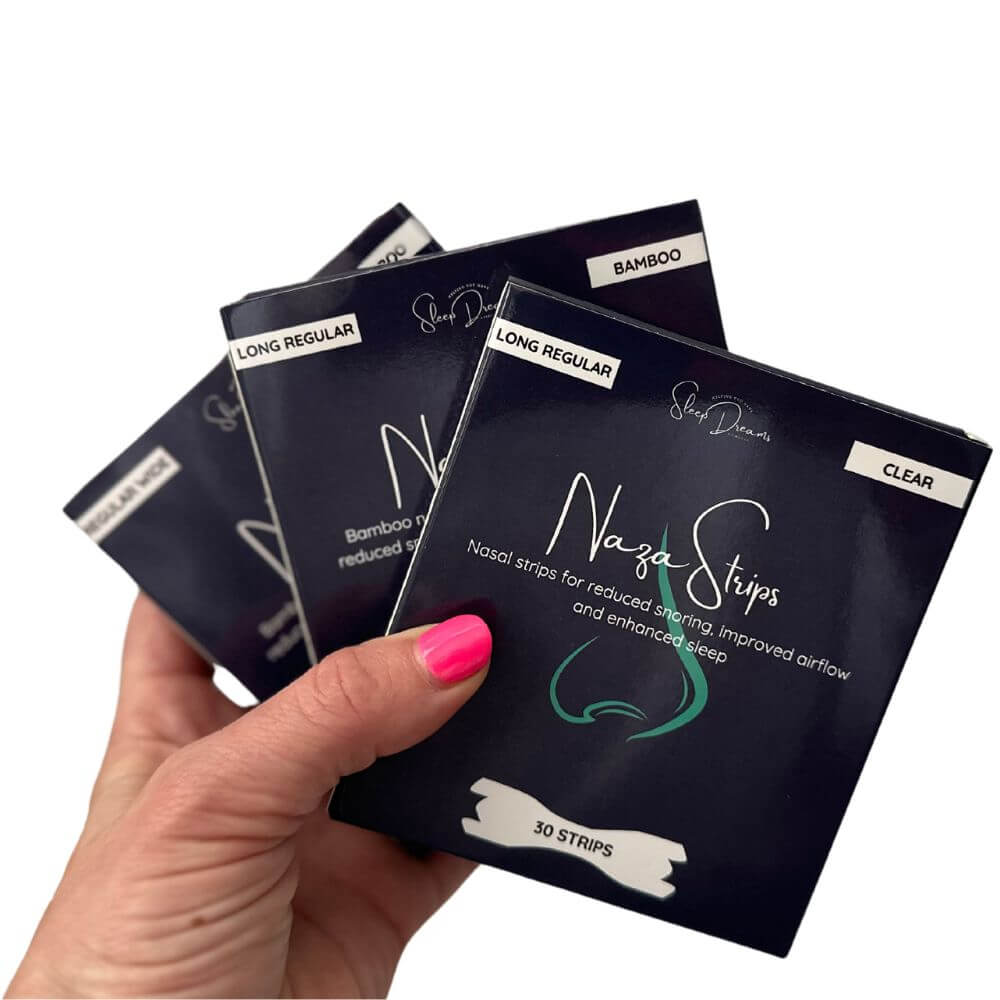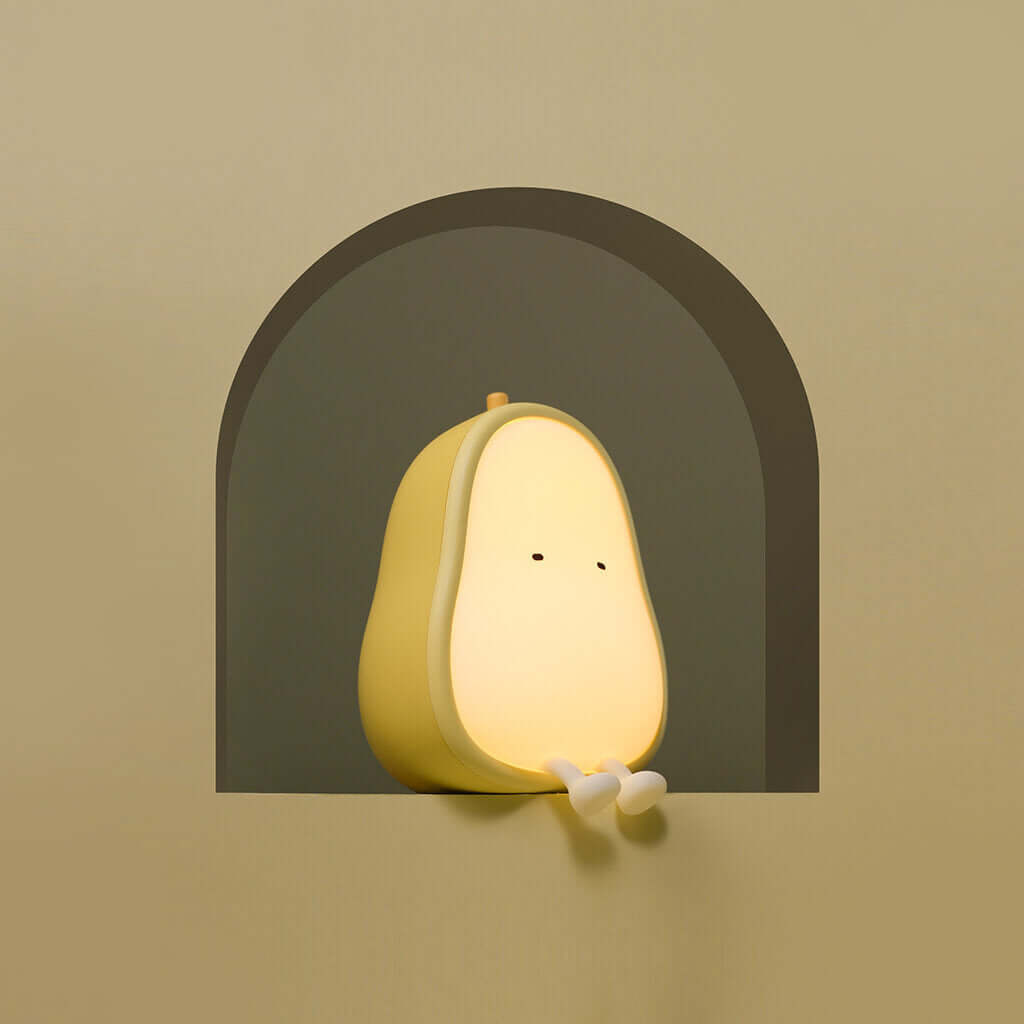Having curly hair in Australia means embracing its unique beauty and understanding the care it needs, especially at night. Proper nighttime routines can keep your curls healthy and vibrant. Let’s dive into the best practices for managing curly hair during sleep, ensuring you wake up with your locks looking their best.

Quick Guide for the Time-Poor
If you're short on time but want to keep your curls looking great, here are the key points to remember:
-
Detangle Gently: Use a wide-tooth comb or fingers to untangle curls before bed.
-
Moisturise Effectively: Tailor your moisturising routine to your curl type, using suitable products like light oils for wavy curls or heavier creams for coily hair.
-
Protective Hairstyles: Opt for styles like loose buns, pineapple buns, or gentle braids to maintain curl pattern and reduce frizz.
-
Silk or Satin Accessories: Use a silk or satin hair bonnet or pillowcase to minimise friction and moisture loss.
-
Control Temperature and Humidity: Maintain a cool, moderately humid environment for optimal curl preservation.
For everyone else here is the detail for you to delve into...
Pre-Sleep Hair Care Routine
Begin your nighttime routine with gentle detangling. Using a wide-tooth comb or your fingers, carefully unravel any knots. This prevents breakage and makes styling easier.
Enhanced Moisturising Techniques for Different Curl Types
Proper moisturisation is vital for curly hair health, and understanding the unique needs of different curl types can transform your hair's look and feel. Here's how to effectively moisturise different types of curls:
-
Identifying Your Curl Type: First, it's important to identify your specific type of curl - whether it's wavy, curly, or coily. Each type has distinct characteristics and hydration needs. For instance, wavy hair may require lighter moisturising compared to coily hair, which often needs richer, more penetrating products.
-
Customising Moisturisation for Your Curl Type:
- Wavy Curls (Type 2): Lighter, water-based moisturisers or mists are ideal. They hydrate without weighing down the hair. Lightweight oils like jojoba or sweet almond oil can be used sparingly to seal in moisture.
- Curly Hair (Type 3): Look for cream-based moisturisers that add hydration and definition. Products with ingredients like shea butter and avocado oil are beneficial. These ingredients offer more hydration without overly heavy effects.
- Coily Hair (Type 4): This hair type benefits from heavier, richer moisturisers. Look for products with shea butter, castor oil, or coconut oil. Coily hair tends to be more porous, so it requires more intensive hydration.
-
Applying Moisturiser Effectively: Regardless of your curl type, the best time to apply moisturiser is when your hair is damp, as this helps to lock in moisture. Start from the ends, which are the oldest and driest part, and work your way up to the roots as needed. Avoid applying too much product near the scalp to prevent build-up.
-
Layering Products: The L.O.C. (liquid, oil, cream) method is highly effective for curly hair. Start with a water-based spray or leave-in conditioner, follow with an oil to seal in moisture, and finish with a cream to close the hair cuticle, which helps to retain moisture for a longer period.
-
Nighttime Hair Wrapping: After moisturising, consider wrapping your hair in a silk or satin scarf or sleeping on a silk pillowcase. This practice helps to retain moisture and prevents the hair from rubbing against absorbent materials like cotton, which can strip away moisture.
-
Deep Conditioning Regularly: Incorporate a deep conditioning treatment into your weekly hair care routine. These treatments are more intensive and help to deeply hydrate and nourish the hair. They are particularly important for curlier and coily hair types, which are prone to dryness.
-
Avoiding Harsh Ingredients: Steer clear of products with harsh sulfates, alcohols, and fragrances that can strip natural oils from your hair. Instead, opt for natural, hydrating ingredients that nurture your curls.
By adopting these moisturising techniques tailored to your specific curl type, you can ensure that your curls remain hydrated, defined, and healthy. This personalised approach to hydration is key in achieving the best possible results for your unique hair type.
Hairstyles for Curly Hair at Night
Opt for protective hairstyles that maintain the curl pattern and reduce frizz. Simple styles include:
- Natural Down: Leave your curls in their natural shape, covered with a hair bonnet (or sleeping cap as some call them).
- Twists: Ideal for tighter curls and coils, twists are an excellent way to preserve your curl pattern as you sleep. Split your hair into two parts and twist each segment around the other, akin to braiding, from the roots to the tips. Fasten the ends with a gentle hair tie.
- Pineapple Buns: As the name suggests, this style mimics the shape of a pineapple, offering a clever way to avoid flattening your curls during sleep. Particularly effective for medium to shorter curls, the pineapple bun minimises friction-related frizz, akin to a traditional bun. To create this style, flip your hair forward and collect it into a high, loose ponytail at the crown of your head. Use a soft fabric hair tie or scrunchie to secure it, ensuring it's gentle enough to prevent any indentations come morning.
- Loose Bun: Gather your hair in a ponytail and twist it into a bun. Secure with a non-elastic tie and cover with a silk scarf or hair bonnet.
- Gentle Braids: Whether you opt for a single braid or several, keeping them loose is key to protecting your hair throughout the night from friction. These relaxed braids aid in preserving your natural curl pattern. A snugger braid, on the other hand, might impart a crimped effect to your hair. Try experimenting with one or two loose French braids or multiple smaller ones to discover which style yields the most desirable results for your curls in the morning.

Image: Curly Hair In Pineapple Bun For Sleep
Use A Silk or Satin Hair Bonnet and Pillow case
As you prepare for a restful night, incorporating a satin or silk hair bonnet or pillowcase into your bedtime routine can be a game-changer for curly hair care. These luxurious fabrics play a crucial role in maintaining the health and appearance of your curls.
-
Benefits of Satin and Silk Hair Bonnets: A hair bonnet made from satin or silk is more than just a protective covering; it's a moisture-preserving haven for your curls. These materials are exceptionally smooth, significantly reducing friction between your hair and the bedding. This reduced friction not only keeps your curls intact but also minimises frizz and breakage. Additionally, a bonnet helps to lock in your styling products, ensuring they work their magic overnight without rubbing off on your pillows and sheets.
-
Why Choose Silk Pillowcases?: If you find bonnets uncomfortable or not to your liking, silk pillowcases are a fantastic alternative. The natural properties of silk include a smooth surface that's kind to both your hair and skin. This gentleness helps in preventing mechanical damage and irritation, which can be a concern with other fabrics. Silk pillowcases are particularly beneficial in maintaining the moisture balance in your curls. Unlike cotton or other absorbent materials, silk doesn’t strip moisture from your hair, thereby helping to keep your curls hydrated and less prone to frizz.
-
Additional Considerations: When selecting silk or satin hair care accessories, consider their quality and weave. A higher momme (the measure of silk's weight and quality) indicates a denser weave, which can be more durable and effective in protecting your hair. Additionally, these accessories are not just functional but can add a touch of luxury to your bedtime routine, enhancing your overall sleep experience.
By integrating a satin or silk hair bonnet or pillowcase into your nightly hair care regimen, you can provide your curls with the necessary protection they need to stay hydrated, defined, and frizz-free. This simple yet effective step can make a noticeable difference in the health and beauty of your curly hair.

Temperature and Humidity Control for Optimal Curly Hair Care
Maintaining a comfortable sleeping environment is crucial, especially when it comes to the health of your curly hair. The right balance of temperature and humidity can make a significant difference in preserving the natural moisture and structure of your curls.
-
Ideal Room Temperature: Aim for a cool to moderate room temperature, as extreme temperatures can affect your hair's moisture levels. Too much heat can cause sweating, leading to frizz and dehydration of your curls. A cooler environment helps in keeping your hair cuticles sealed, retaining their natural moisture.
-
Humidity Management: If you live in a particularly dry climate or use air conditioning or heating systems that strip moisture from the air, consider investing in a good quality humidifier. A humidifier adds essential moisture back into the air, which helps in preventing your curls from becoming dry and brittle overnight. It's about creating a balanced environment where your curls can retain their natural hydration.
-
Hygrometer Use: To monitor and maintain the ideal humidity level in your bedroom, use a hygrometer. This device measures the amount of moisture in the air. The optimal humidity level for hair care is generally between 40% and 60%. This range ensures that the air isn't too dry, which could strip moisture from your hair, and not too humid, which might cause frizz.
-
Ventilation: Ensure your sleeping area is well-ventilated. Fresh air circulation can help maintain a balanced humidity level and keep the room from becoming too stuffy, which might otherwise impact your hair's health.
-
Bedding Materials: Consider the material of your bedding as well. Natural fibers like cotton can absorb moisture from your hair, so opting for silk or satin pillowcases as mentioned earlier not only reduces friction but also helps in retaining your hair’s moisture in a controlled environment.
By paying attention to these aspects of temperature and humidity control in your sleeping environment, you can significantly improve the health and appearance of your curly hair. This proactive approach to managing your sleeping conditions will assist in maintaining the natural beauty and hydration of your curls, ensuring they look and feel their best every morning.
Overall, taking care of curly hair while sleeping is key for keeping strands healthy and hydrated! From wearing protective headwear such as satin bonnets or using silk pillowcases to styling with twists or pineapple buns at night – following these steps will help ensure that your curls look great come morning! So next time you hit the hay for some shut eye remember these tips for how to sleep with curly hair… sweet dreams!

